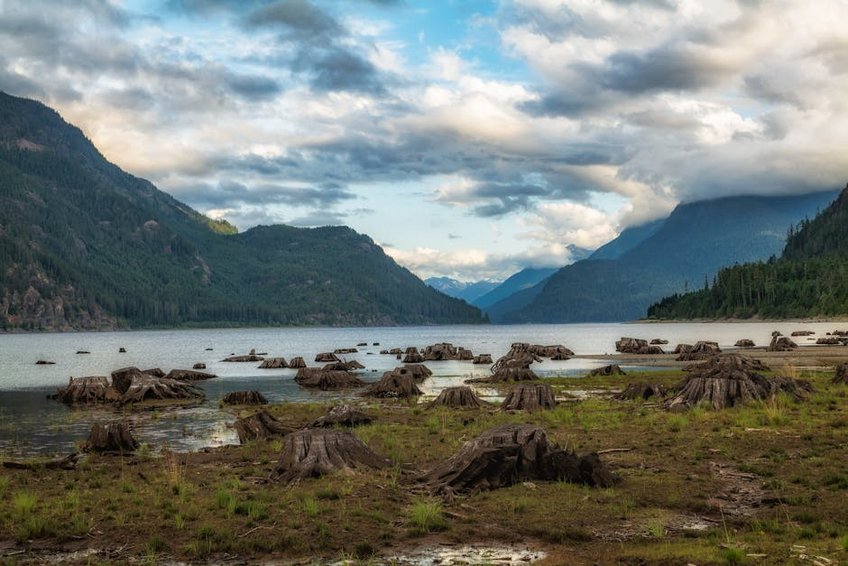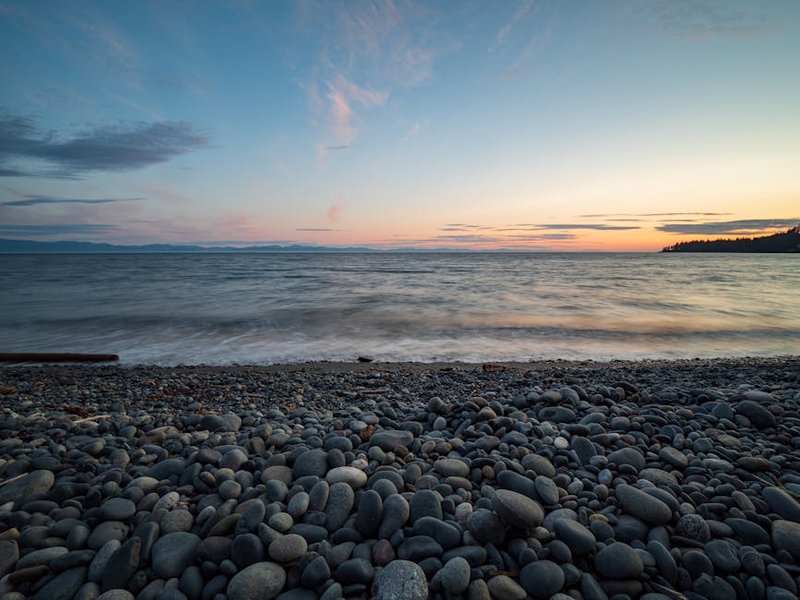Wildlife Photo Safari on Canada’s Coasts
Embarking on a wildlife photo safari on Canada’s coasts offers an unparalleled opportunity to capture some of the planet’s most breathtaking marine and terrestrial creatures in their natural habitats. From the rugged shorelines of British Columbia to the dramatic Atlantic cliffs of Newfoundland, you’ll find endless photographic possibilities waiting at every turn. Whether you’re an experienced wildlife photographer or just starting your journey with a camera, these coastal regions provide diverse ecosystems where orcas breach against mountainous backdrops, puffins nest on sheer cliff faces, and bears forage along tidal zones. The combination of pristine wilderness, accessible viewing locations, and professional tour operators makes Canada’s coastal regions ideal for creating that portfolio of lifetime shots you’ve been dreaming about. Pack your longest lens and prepare for an adventure where every click of the shutter captures raw, untamed beauty.
Wildlife Photo Safari on Canada’s Coasts Essential Information
Before setting out on your coastal wildlife photography adventure, understanding the fundamental aspects of Canada’s diverse marine ecosystems will significantly enhance your experience. The country boasts the world’s longest coastline, stretching over 202,000 kilometers across three oceans, each offering distinct photographic opportunities and seasonal variations. You’ll need to consider not just your equipment but also the best locations for specific species, weather patterns that affect animal behavior, and local regulations designed to protect both wildlife and photographers. The Pacific coast delivers temperate rainforest backdrops with whale activity, while the Atlantic side offers incredible bird colonies and iceberg-dotted seascapes. Meanwhile, the Arctic coasts present unique challenges and rewards with polar bears and narwhals in stark, beautiful landscapes.
Prime Photography Locations – Where to Point Your Lens
- Pacific Coast: Vancouver Island for orcas, sea otters, and bald eagles with dramatic rainforest backdrops
- Atlantic Coast: Newfoundland’s Witless Bay Ecological Reserve for humpback whales and the largest Atlantic puffin colony in North America
- Arctic Coast: Churchill, Manitoba (Hudson Bay) for polar bears and beluga whales in unique tundra environments
- St. Lawrence Estuary: Tadoussac and Saguenay Fjord for blue whales, fin whales, and seals with incredible accessibility
- Budget Option ($1,500-2,500 USD): Self-guided tours using public ferries, campground stays, and public viewing areas with personal equipment
- Mid-Range Option ($3,000-5,000 USD): Guided day tours from coastal towns, comfortable lodgings, and equipment rental for specialized shots
- Luxury Option ($6,000-10,000+ USD): Multi-day liveaboard photo safaris with expert guides, all-inclusive packages, and access to remote locations
- Parks Canada Official Site
- Pacific Whale Foundation Research
Essential Gear and Equipment Checklist
Your photographic success on Canada’s coasts depends heavily on having the right equipment for variable conditions. Weather can shift rapidly from brilliant sunshine to fog and rain, so waterproof protection for your gear is non-negotiable. You’ll want telephoto lenses in the 400-600mm range for capturing distant marine mammals and birds, alongside a sturdy tripod or monopod for stability on moving boats. Don’t forget extra memory cards and batteries – when that perfect breach shot happens, you don’t want to miss it because you’re out of storage or power. Many professional tour operators provide specialized equipment, but bringing your familiar gear ensures you can work quickly when those magical moments appear.

Wildlife Photo Safari on Canada’s Coasts Planning Your Trip
Strategic planning separates memorable wildlife photography expeditions from disappointing trips where you miss key opportunities. Canada’s vast coastline means you’ll need to focus your efforts rather than trying to cover too much territory. Research seasonal animal migrations and behaviors – for instance, May through October offers the best whale watching on both coasts, while June and July provide peak bird nesting activity. Consider whether you want to join organized photo tours with expert guides or plan an independent adventure. Booking accommodations near prime viewing locations saves precious morning and evening golden hour shooting time. Remember that many coastal areas have limited infrastructure, so advance reservations for ferries, tours, and lodging are essential, especially during peak wildlife seasons.
Best Time to Visit Canada’s Coasts for Wildlife Photography
The optimal timing for your coastal wildlife photo safari depends entirely on which species and environments you most want to capture. For Pacific coast orcas and humpbacks, plan your visit between May and October when salmon runs attract these magnificent mammals close to shore. Atlantic coast puffins and whales are most accessible from June through August when waters calm and colonies are active. If polar bears are your target, October and November provide the best opportunities as bears gather along Hudson Bay waiting for ice formation. Shoulder seasons (April-May and September-October) often offer fewer crowds and unique behavioral shots as animals migrate. Winter months present challenges but reward photographers with stark beauty and Northern Lights possibilities in certain regions.
Budget Planning and Costs for Coastal Photography Adventures
Essential Preparation Checklist
Proper preparation ensures you’re ready when wildlife action happens unexpectedly. Beyond your camera gear, invest in quality rain gear and layered clothing – coastal temperatures can vary dramatically even within single days. Download offline maps and wildlife guides since cell service disappears in many prime locations. Research tide schedules if you’ll be shooting in intertidal zones, and always carry bear spray in regions with grizzly or polar bear populations. Notify someone of your itinerary when heading to remote areas, and consider satellite communication devices for emergency situations. Practice with your equipment before departure so you can adjust settings instinctively when animals appear without warning.
Wildlife Photo Safari on Canada’s Coasts Top Attractions and Activities
Canada’s coastline presents an embarrassment of riches for wildlife photographers, with each region offering signature experiences that will fill your memory cards with extraordinary images. The Pacific Northwest provides opportunities to capture orcas working together in family pods to create spiral nets around fish, while sea otters float casually among kelp forests clutching their favorite tools. On the Atlantic side, you might photograph humpback whales bubble-net feeding as gannets dive bomb from above in synchronized hunting spectaculars. The Arctic regions offer once-in-a-lifetime opportunities to frame polar bears testing newly formed ice or beluga whales gathering in their thousands at river mouths. Beyond the megafauna, tidal pools reveal microscopic worlds, and bird colonies create living tapestries against cliff faces.
Must-See Highlights for Your Portfolio
Every wildlife photographer dreams of certain shots, and Canada’s coasts deliver these iconic moments with surprising accessibility. The orcas of Johnstone Strait regularly put on breathtaking displays of breaching and spy-hopping against Vancouver Island’s mountain backdrop. In Newfoundland, you can photograph puffins carrying silver fish in their colorful beaks just meters from your lens at Elliston’s viewing sites. Churchill’s beluga whales are remarkably curious, often approaching boats close enough for underwater housing shots without needing to dive. The grizzly bears of British Columbia’s Great Bear Rainforest fishing for salmon during autumn runs create dramatic action sequences. Don’t miss the less famous but equally magical moments like sea wolves swimming between islands or bald eagles snatching fish from tidal currents.
Hidden Gems and Local Favorites
Beyond the well-known hotspots, Canada’s coastline hides countless photographic treasures known mainly to local guides and seasoned photographers. The Haida Gwaii archipelago offers unique subspecies of black bears and ancient cultural sites alongside marine life. Quebec’s Mingan Archipelago provides surreal limestone monoliths as backdrops for whale and seal photography. Newfoundland’s Bonavista Peninsula features icebergs from Greenland that create stunning compositional elements from April through June. The Bay of Fundy’s extreme tides reveal rarely seen marine creatures in tidal pools and create dramatic foreground elements for coastal scenes. Local photographers often know secluded spots where animals behave naturally without tour boat pressure, so hiring local guides frequently rewards you with more authentic shots.
Wildlife Photo Safari on Canada’s Coasts Practical Travel Information
Navigating Canada’s extensive coastline requires understanding transportation options, accommodation varieties, and regional differences in services and facilities. While major coastal cities like Vancouver and Halifax offer international airports and full services, many prime wildlife viewing locations involve additional travel via ferry, small plane, or even boat access only. You’ll find everything from luxury wilderness lodges to basic campgrounds, but bookings often fill months ahead for peak seasons. Cellular service disappears quickly outside population centers, so download maps, research materials, and communication apps beforehand. Canada’s national parks system provides excellent infrastructure for wildlife viewing with boardwalks, observation towers, and knowledgeable staff, while remote areas require complete self-sufficiency and safety planning.
| Transportation Type | Key Features | Price Range (USD) |
|---|---|---|
| Coastal Ferries | Scenic routes between islands, vehicle transport, wildlife viewing from deck | $50-300 per segment |
| Small Plane Charters | Access to remote lodges, aerial photography opportunities, time savings | $300-800 per hour |
| Guided Boat Tours | Expert navigation to wildlife, specialized photography platforms, included equipment | $150-400 per day |
| Rental Vehicles | Freedom to explore coastal roads, access to trailheads, gear transportation | $60-120 per day |


